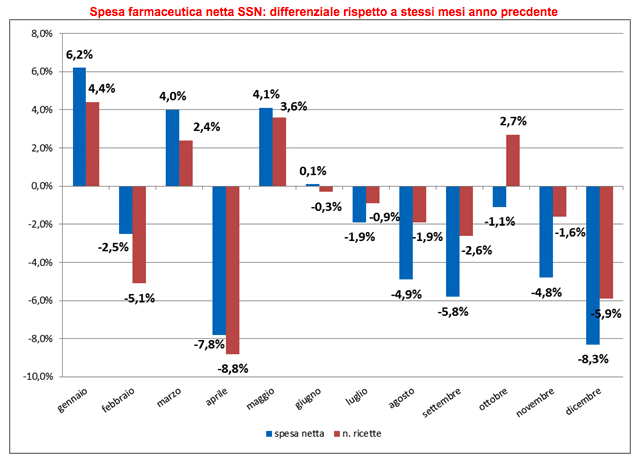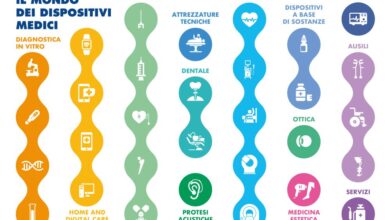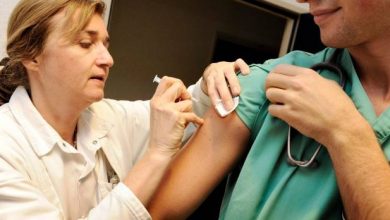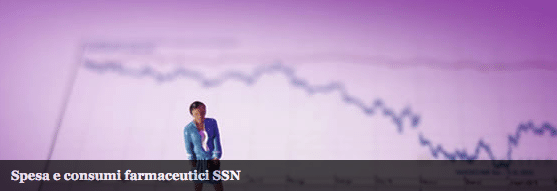
Pharmaceutical expenditure 2017: virtuous pharmacies in cost containment
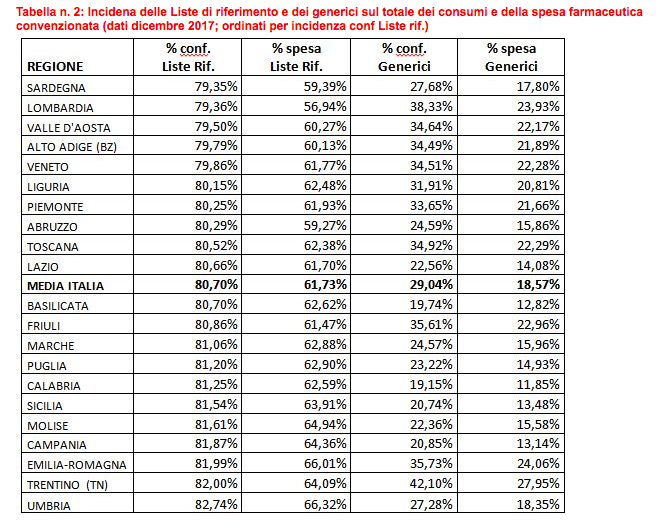 NHS net pharmaceutical expenditure in 2017 decreased by -1.9% compared to 2016, a decrease due to the decrease in the number of prescriptions (-1.2% compared to 2016) and the reduction in the average value of the prescription itself and therefore in the average price of drugs prescribed in the conventional regimen (- 0.7%).
NHS net pharmaceutical expenditure in 2017 decreased by -1.9% compared to 2016, a decrease due to the decrease in the number of prescriptions (-1.2% compared to 2016) and the reduction in the average value of the prescription itself and therefore in the average price of drugs prescribed in the conventional regimen (- 0.7%).
These are the data released by Federfarma and published on the website in the section dedicated to pharmaceutical expense.
The numbers show that this drop in spending and consumption, on the other hand, corresponds in 2017 to a significant increase in spending (+13.3%) and in the number of pieces of medicines (+11%) dispensed in distribution on behalf (Dpc). This, against an increase in the overall expenditure for drugs purchased directly from public structures which in 2017 amounted to +3.9%.
Pharmacies continue to make a significant contribution to cost containment - as well as with the diffusion of equivalents and the free supply to the NHS of all data on NHS drugs - with the discount by price range, which in 2017 produced a saving of approximately 415 million euros, to which must be added approximately 67 million euros deriving from the portion of the 0.64% of the so-called pay-back, charged to pharmacies starting from 1 March 2007 and always extended, aimed at compensating for the failure to reduce the 5% of the price of a variety of medicines.
In addition to these heavy charges for the pharmacy, the withholding of 1.82% on pharmaceutical expenditure has been added since 31 July 2010, which has increased since July 2012 to 2.25%. This additional deduction resulted in a cost for pharmacies quantifiable in the period in question at around 188 million euro. Overall, therefore, the direct contribution of pharmacies to containing expenditure in 2017 was approximately 670 million euros.
The incidence of generic packs is equal to over 29% of the total for expenditure of over 18% of the total, with notable regional differences.
Finally, the trend of increasing participation fees paid by citizens continues, the incidence of which on gross expenditure rose from 14.2% in 2016 to 14.4% in 2017.
Related news: Federfarma: pharmaceutical expenditure, boom in generics
Drug prices. Trump wands everyone, but only in words
Consumption of NHS drugs in 2017: Ppi and Cardioasprina at the top
Cardiovascular drugs rank first in the NHS approved pharmaceutical expenditure, while proton pump inhibitors are the most prescribed category and cardioasprin stands out among the medicinal specialties.
This, in summary, is the detailed picture that emerges from the Federfarma report on the pharmaceutical expenditure of 2017.
Yesterday we reported, more generally, of the 1.9% drop in net NHS pharmaceutical expenditure compared to 2016, and of a 13.3% growth in Dpc values.
Today we enter into the merits of consumption.
Also in 2017, therefore, drugs for the cardiovascular system were confirmed as the category with the highest expenditure (see table no. 1), albeit down in value (-3.6%) and also in consumption (-0.3%); the effect is a shift towards lower priced off-patent medicines.
Among the 10 most prescribed drug categories (see table no. 2) once again in 2017 acid pump inhibitors are in first place, which however continue to record a drop in consumption (-3.2% compared to 2016). Within the category of antihypertensive drugs, the increase in beta-blocker prescriptions continues. The growth in vitamin D consumption also continues (+6.5% compared to 2016).
The most prescribed medicinal product (see table no. 3), continues to be Cardioaspirin, despite the drop in prescriptions (-1.4% compared to 2016), followed by the medicinal product Dibase, which is growing slightly (+0.5%). Consumption of the equivalent drug Metformin Teva is on the rise.

